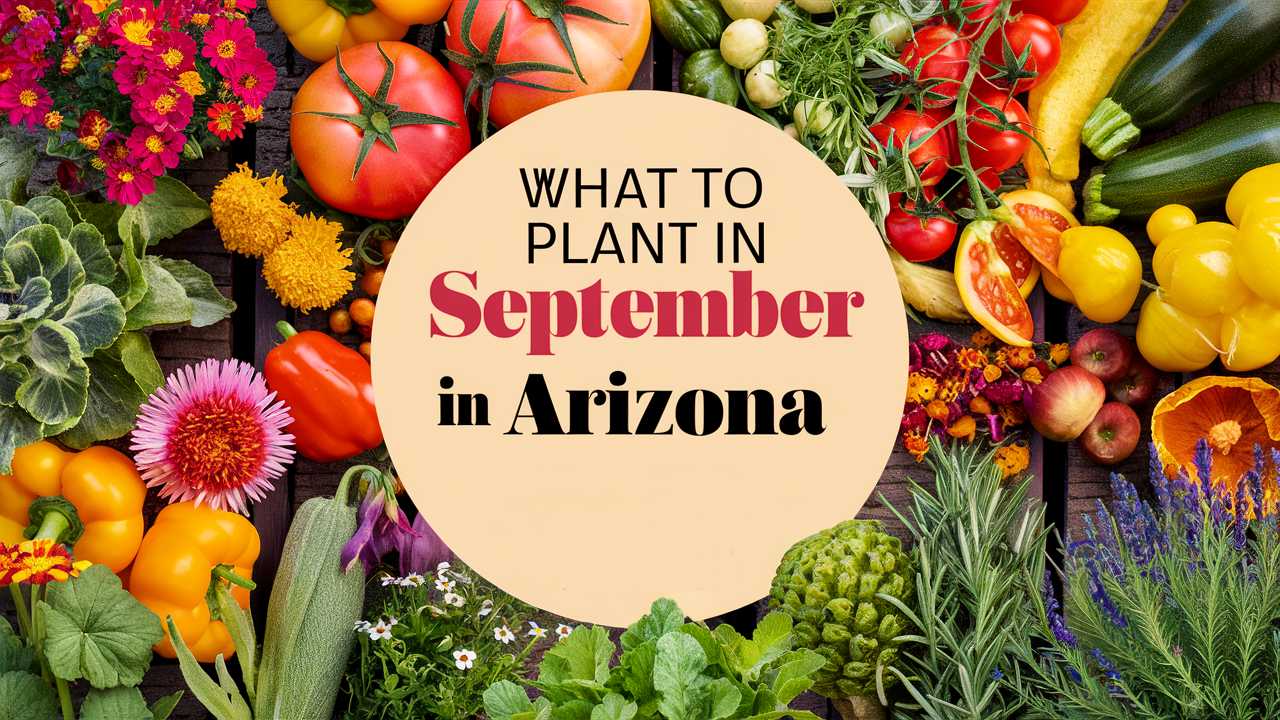This guide will introduce you to the best vegetables, flowers, herbs, and landscape plants to consider planting in September in Arizona.
Vegetables To Plant
As temperatures begin to cool down, September is the ideal time to start vegetable gardening in Arizona. The summer’s oppressive heat can make it tough for some crops, but the milder conditions in September create the perfect environment for various vegetables that thrive in cooler temperatures.
Lettuce

Lettuce is a fast-growing leafy green that can be sown directly into the ground in early September. Varieties such as romaine, butterhead, and leaf lettuce thrive in USDA zones 5b-9. The cooler temperatures and shorter days lead to sweeter leaves, making this a prime month for planting. Lettuce prefers cooler temperatures ranging between 60-70°F, but it can handle some warmth, making it ideal for the first half of the month. Always ensure proper soil drainage, as lettuce does not like soggy roots.
Spinach

Spinach, known for its nutritional density, is another excellent crop to plant in September. This leafy green thrives in cooler temperatures, making it suitable for planting in USDA zones 4-9. The plant can tolerate temperatures as low as 20°F, so it’s perfect for the desert climate where cooling trends begin. When sowing spinach, choose a spot with partial shade to prevent bolting during warmer days.
Radishes

Radishes are one of the fastest-growing vegetables you can plant, with many varieties maturing in as little as three weeks. They are well-suited for USDA zones 4-9 and can handle lower temperatures, making September a prime time for sowing. Their ability to tolerate a wide range of soil types also makes them easy to grow. When planting, space them adequately to ensure airflow, which can prevent disease.
Broccoli

Broccoli is a cool-season crop that can be sown directly into the garden in mid-September, flourishing in USDA zones 3-10. It prefers temperatures between 65-75°F, making the early fall a fantastic time for establishment. Consider starting seeds indoors if you’re in a region that experiences early frost. When transplanting, ensure to give them space to grow as they need adequate room for their broad leaves.
Carrots

Carrots are ideal for planting in September as they thrive in cooler soil conditions. Suitable for USDA zones 3-9, these root vegetables can be sown directly into the soil about 2-3 weeks before the first frost. They require loose, sandy soil to grow properly; a well-prepared bed can enhance straight, sweet carrots. Water regularly to maintain consistent moisture levels.
Kale
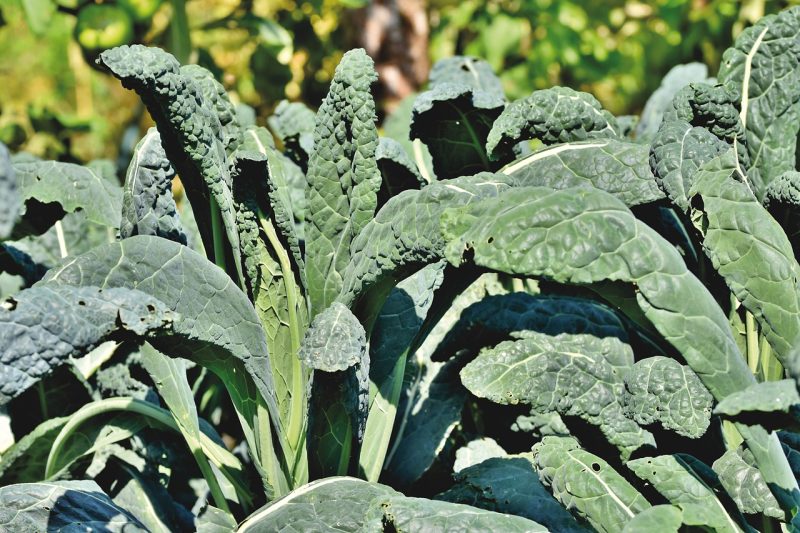
Kale is another nutritious leafy green that can be planted in September. It thrives in USDA zones 3-9 and can withstand temperatures as low as 20°F, making it perfect for fall gardening. Kale benefits from the cooler temperatures that enhance its flavor. Start seeds indoors or sow directly in well-drained soil, and be sure to mulch to keep weeds down and retain moisture.
Beets
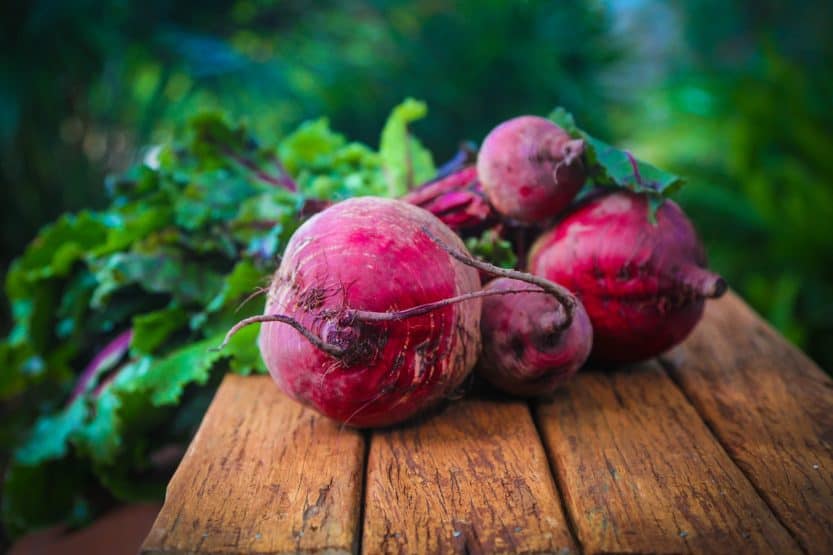
Beets are a versatile root vegetable, great for planting in September across USDA zones 3-9. They can tolerate light frost, which can actually enhance their sweetness. When planting, space them adequately as they need room to grow to a decent size. Be sure to keep the soil moist for optimal germination and growth.
Garlic
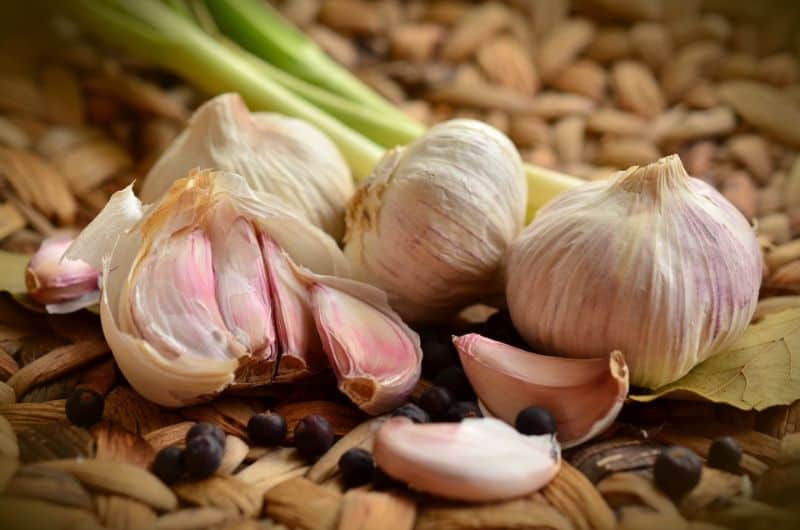
Although garlic is best planted in late fall, September is the perfect time to prepare your soil. Start by planting garlic bulbs that can overwinter in the ground—especially in USDA zones 8-10. Garlic prefers well-draining, nutrient-rich soil with a pH between 6-7. Make sure to mulch over the planted cloves to protect them during the colder months.
Swiss Chard

Swiss chard is a versatile, nutrient-rich leafy vegetable that can be planted in September. It thrives in USDA zones 4-10 and is tolerant of cooler temperatures. Start seeds in well-drained soil and provide adequate moisture, as chard prefers consistent watering. The leaves can be harvested as they grow, giving you a continual yield.
Peas
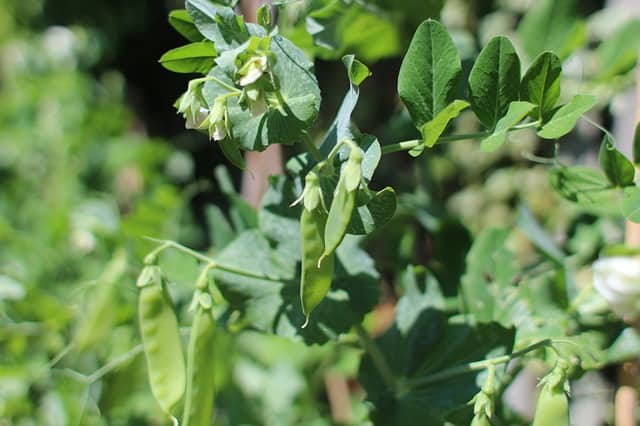
Peas, especially snap and snow pea varieties, are great to plant in early September as they love the cooler temperatures. Suitable for USDA zones 3-9, they prefer well-drained soil enriched with compost. Plant them in a sunny location with support structures as they will climb as they grow.
Flowers To Plant
September is also an excellent time to consider planting perennial and annual flowers that can thrive in Arizona’s unique climate. With the return of milder temperatures, these flowers can make your garden vibrant throughout the fall and into the following spring.
Alyssum
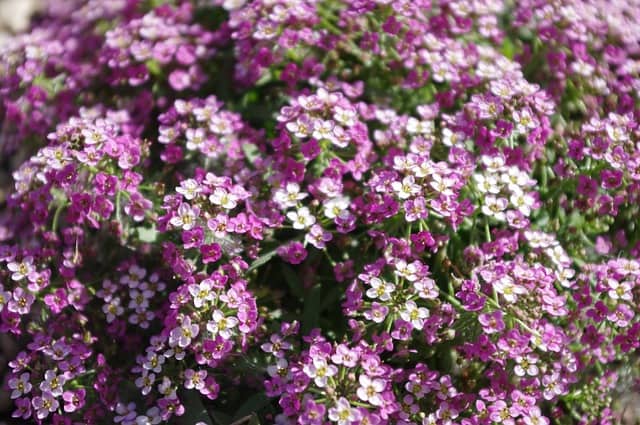
Alyssum is a charming, low-growing plant that produces sweet-smelling white, pink, or lavender flowers. This annual is perfect for planting in September across USDA zones 4-9. Alyssum thrives in cooler weather, making it ideal for the mild fall days. It is also known for attracting pollinators, such as bees and butterflies, enhancing your garden’s biodiversity.
Marigolds

Marigolds are hardy annuals that can continue to grow through the cooler months. They are suitable for USDA zones 2-11 and prefer light to moderate frost. Planting marigolds in September allows for continued blooms into late fall. They come in a variety of colors and are known for their pest-repelling properties.
Pansies

Pansies are one of the most popular cool-season flowers and are perfect for September planting in USDA zones 6-10. They love cooler temperatures and can withstand a light frost. These vibrant flowers come in various colors and can sow directly into the ground or in pots. To keep the blooms vibrant, ensure they receive plenty of sunlight and moderate watering.
Snapdragons
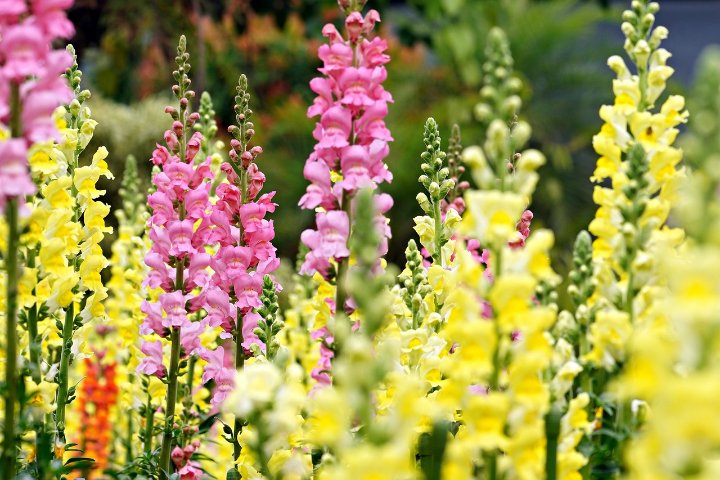
Snapdragons can be planted in September, especially in USDA zones 7-10. They thrive in cooler weather, making them perfect for fall. These flowers create vertical interest in garden beds and containers, coming in various colors and heights. Ensure they have well-drained soil and enough sunlight for optimal blooming.
Ornamental Kale
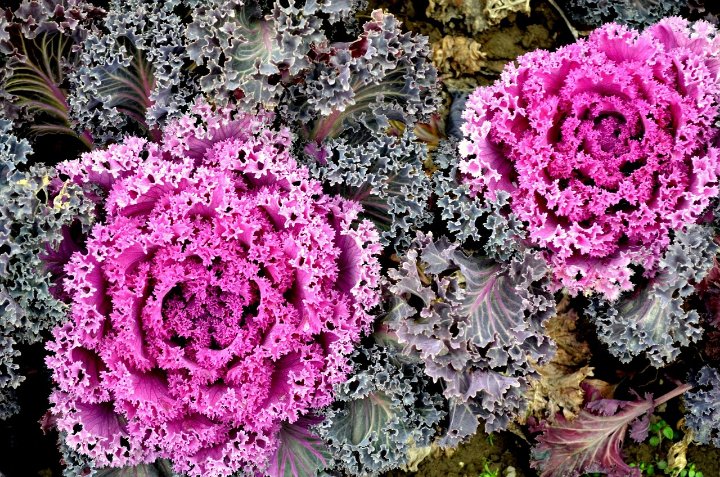
Ornamental kale is a unique choice for adding color and texture to your fall garden. It thrives in USDA zones 3-9, making it perfect for plantings in September. Unlike culinary kale, ornamental varieties are primarily grown for their showy leaves. They can handle cooler temperatures and even frost, making them an attractive choice as the weather turns.
Sweet Williams
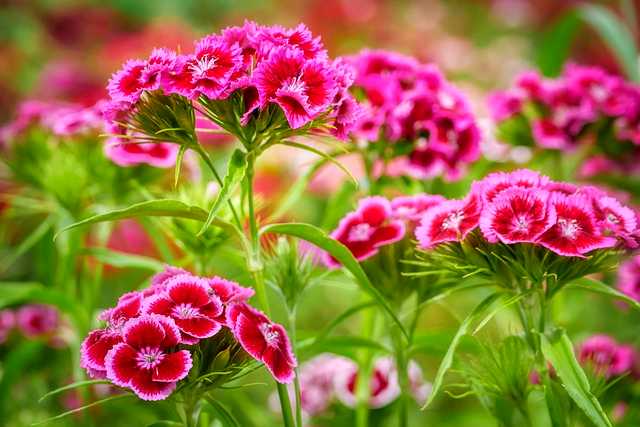
Sweet Williams, or Dianthus, are biennials that can be planted in September in USDA zones 5-9. They produce clusters of colorful flowers and have a delightful fragrance. Plant them in well-drained soil with good sunlight to ensure vibrant blooms that can last through winter.
Cosmos
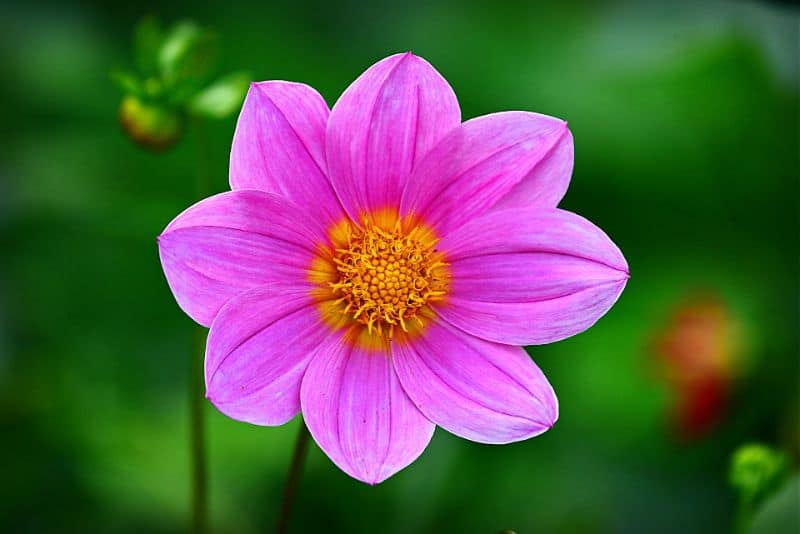
Cosmos are hardy annuals that can easily tolerate cooler temperatures. They flourish in USDA zones 2-11, making September a great time for sowing. These flowers are drought-resistant and attract beneficial pollinators, promoting a healthy garden ecosystem. You can choose from various colors to brighten up your space.
Zinnias
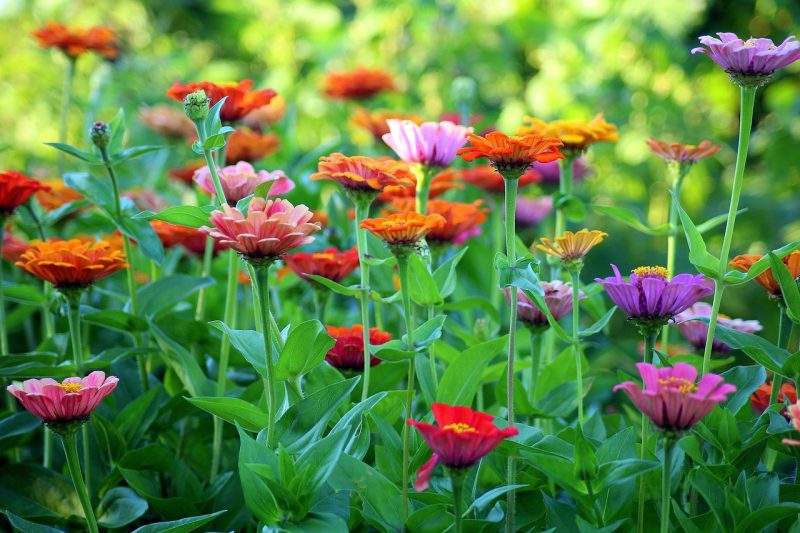
Zinnias are a vibrant addition to any fall garden and are easy to grow from seeds in September. Suitable for USDA zones 2-11, these sun-loving plants produce colorful blooms and are drought-resistant, making them perfect for Arizona’s climate. They attract butterflies and grow well in well-drained, nutrient-rich soil.
Perennial Herbs

Perennials such as black-eyed Susans and coneflowers can be established in September, flourishing in USDA zones 3-10. These flowers thrive in well-drained soils and can add lasting beauty to your gardens. As they are perennials, they’ll come back year after year, providing a reliable and stunning display.
Bougainvillea
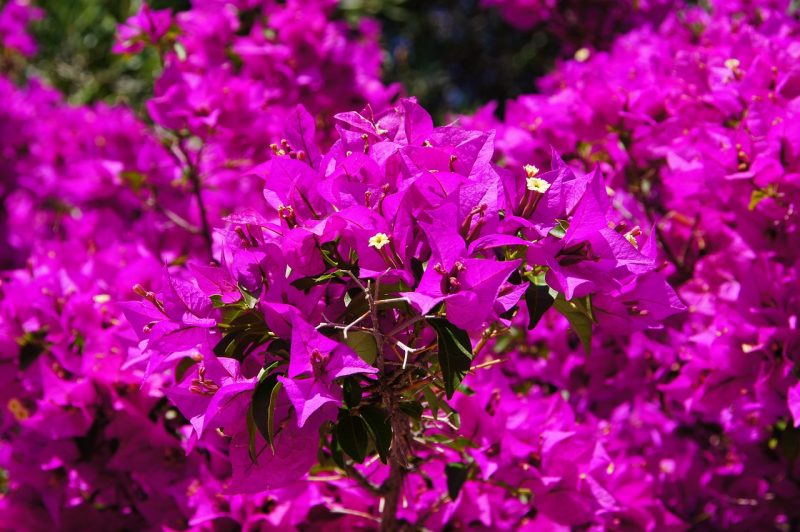
While typically a tropical plant, Bougainvillea can thrive in the lower desert regions of Arizona. Planting it in September can allow for blooming throughout the fall. Resistant to drought, this vine-like plant requires sun and well-draining soil. Depending on your zone, ensure you give it a warm, sunny spot as it flourishes best in full sun.
Herbs To Plant
Herbs are not only great for enhancing the flavors of your culinary creations, but they can also add diversity and beauty to your garden. September is an ideal time to plant these aromatic plants in Arizona.
Basil
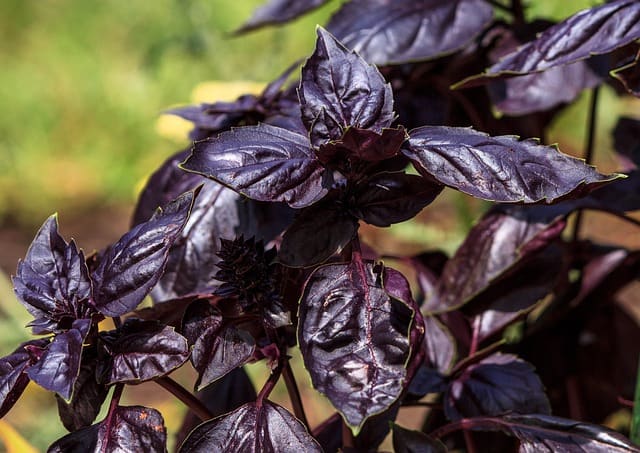
Basil is best planted in September, especially as the summer sun begins to wane. Suitable for USDA zones 4-10, it grows robustly in well-draining soil and sunny locations. Basil prefers warmer temperatures but benefits from the cooler nights that September provides, leading to rich flavor development.
Thyme
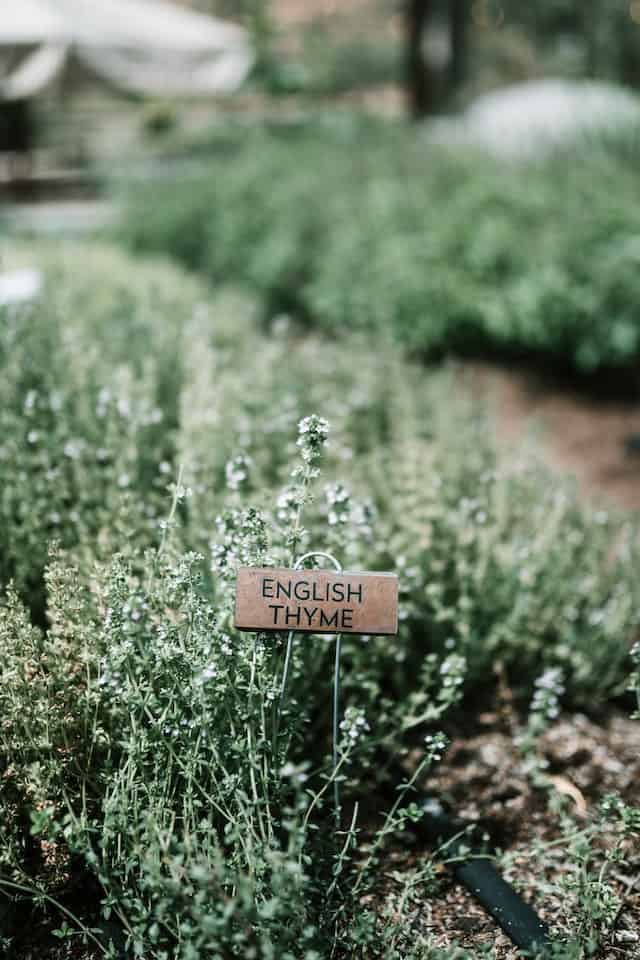
Thyme is a hardy perennial herb that thrives in USDA zones 4-9. It can be planted in September in well-drained soil with plenty of sunshine. This Mediterranean herb is drought-tolerant once established, making it perfect for Arizona gardens. Trim the plant regularly to encourage bushiness and robust growth.
Oregano

Oregano is another perennial that can be easily grown in September. Suitable for USDA zones 5-10, it flourishes in hot, well-drained soil. This herb is drought-resistant, making it an excellent choice for water-wise gardens. Ensure it gets full sun to encourage the most flavorful leaves.
Cilantro

Cilantro is a cool-season herb that thrives in the milder temperatures of September. Ideal for USDA zones 2-11, it prefers well-drained soil and moderate watering. Sow seeds in succession to guarantee a continual harvest throughout the fall. Keep an eye on watering, as cilantro needs consistent moisture to prevent bolting.
Dill
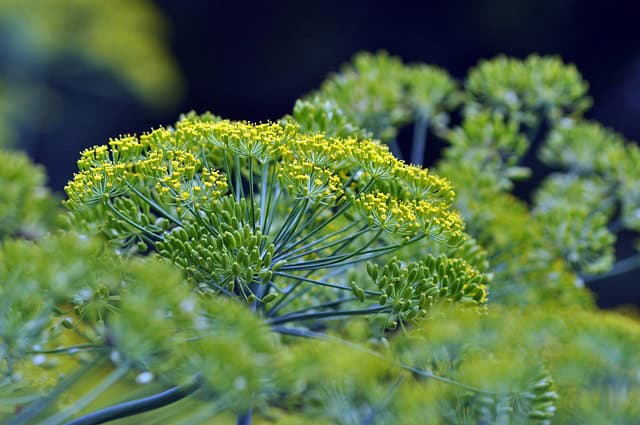
Dill is another herb that can be sown in September in USDA zones 3-10. It prefers cooler weather, making this an opportune time to plant. Dill is perfect for attracting beneficial insects, which can help maintain a healthy garden ecosystem. Choose a sunny spot for the best growth.
Mint
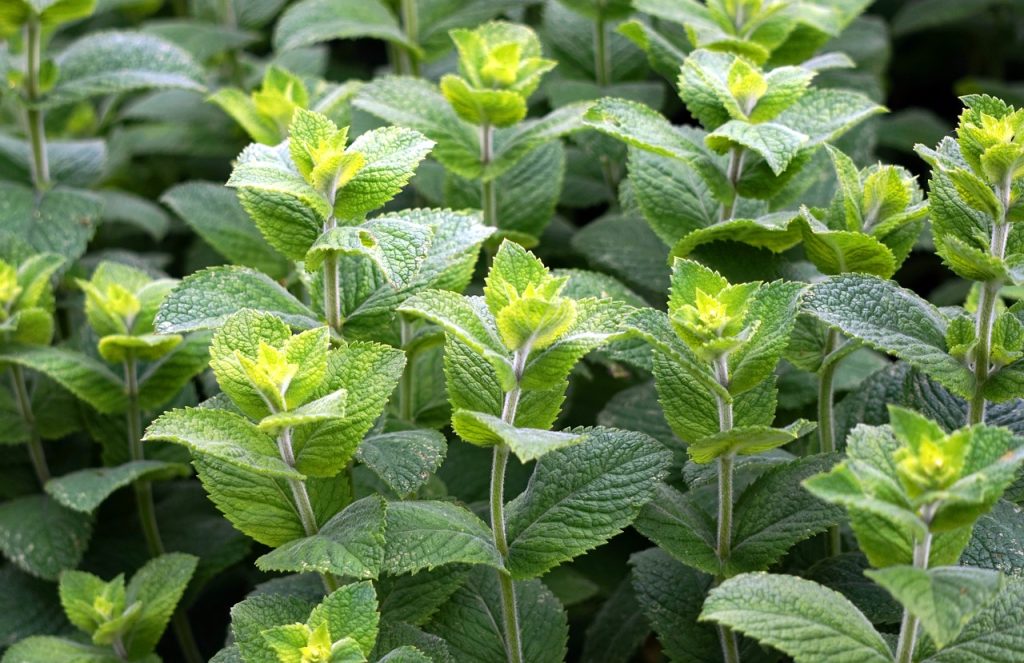
Mint is a hardy perennial herb that can grow in various conditions. It’s perfect for September planting in USDA zones 3-10, thriving in moist, rich, well-drained soils. Mint can spread aggressively, so planting it in pots can help manage its growth. It loves partial shade, so consider placing it where it receives morning sun and afternoon shade.
Chives
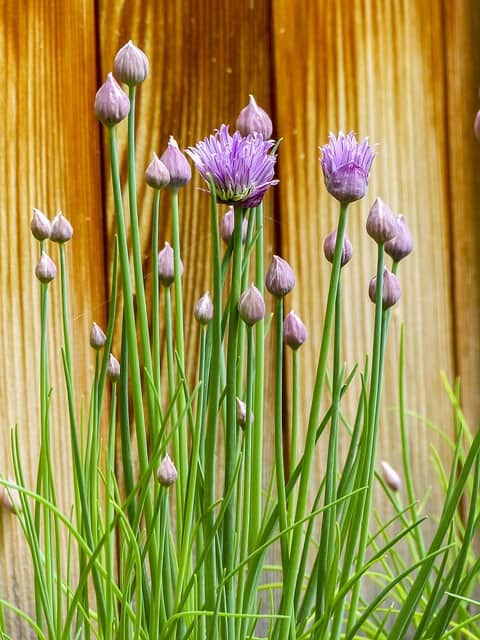
Chives are perennial herbs that can be planted this month in USDA zones 3-9. They can grow in a variety of conditions but thrive in sunny spots with well-drained soil. Chives are also incredibly versatile in the kitchen, adding a mild onion flavor to dishes. Regular harvesting encourages new growth.
Parsley

September is a great month to plant parsley, particularly in USDA zones 5-9. It prefers sunny locations with well-drained soil. This biennial herb can withstand light frosts, making it suitable for the cooler autumn months. Regular harvesting will encourage a bushier plant and more robust flavor.
Fennel
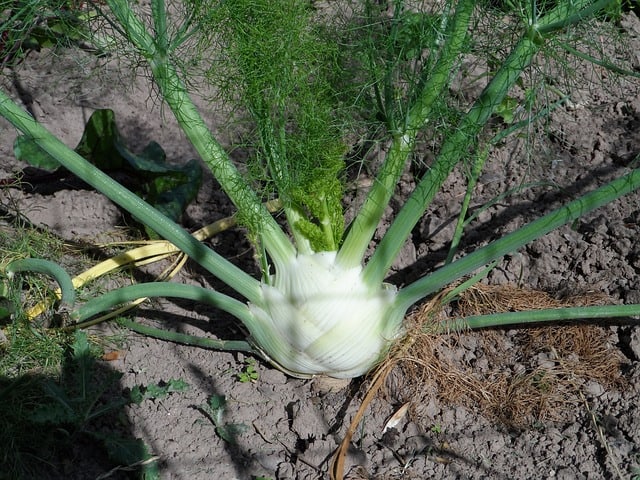
Fennel, with its distinct licorice flavor, can be planted in September across USDA zones 6-10. It prefers well-draining soil and can grow quite tall, so it’s best placed where it has room to branch out. Fennel can be a slow germinator, so patience is necessary, but the flavorful bulbs and feathery fronds make it rewarding.
Sage
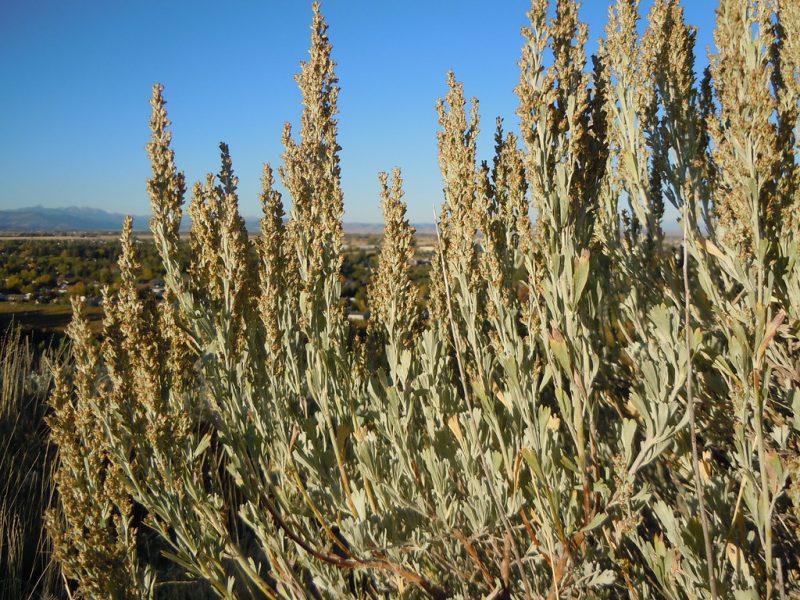
Sage is a hardy perennial herb that thrives in USDA zones 4-10, making it perfect for September planting. It prefers well-drained soils and full sun, making it ideal for Arizona’s climate. Harvesting sage regularly encourages bushier growth.
Landscape Plants To Plant
In addition to flowers and edibles, September is also a fantastic time to consider planting landscape plants that will not only beautify your garden but also provide environmental benefits.
Desert Willow
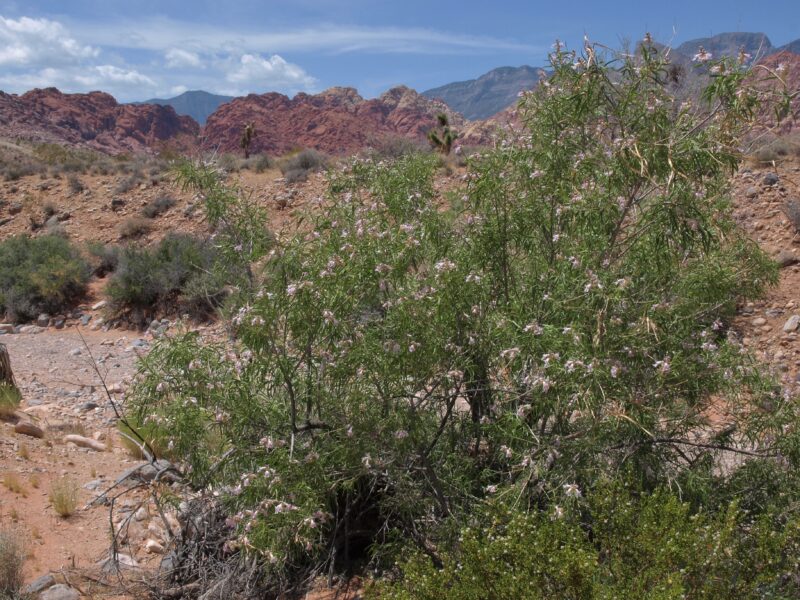
The Desert Willow is a native tree that thrives in USDA zones 8-10. Known for its long, slender leaves and fragrant flowers, it flourishes in well-drained soil and full sun. Planting in September allows it to establish roots before the cooler months, enhancing its resilience come summer.
Lantana
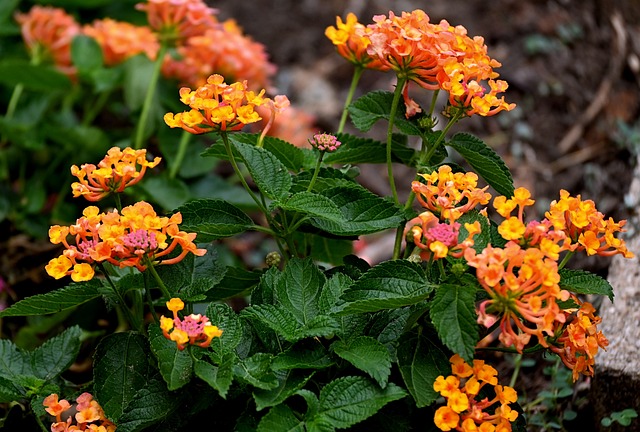
Lantana is a drought-tolerant perennial shrub that thrives in USDA zones 8-11. This colorful landscape plant can provide continuous blooms even in the fall, making it a great addition to your garden. It prefers full sun and well-drained soil, and its ability to attract butterflies makes it a favorite for pollinator gardens.
Agave
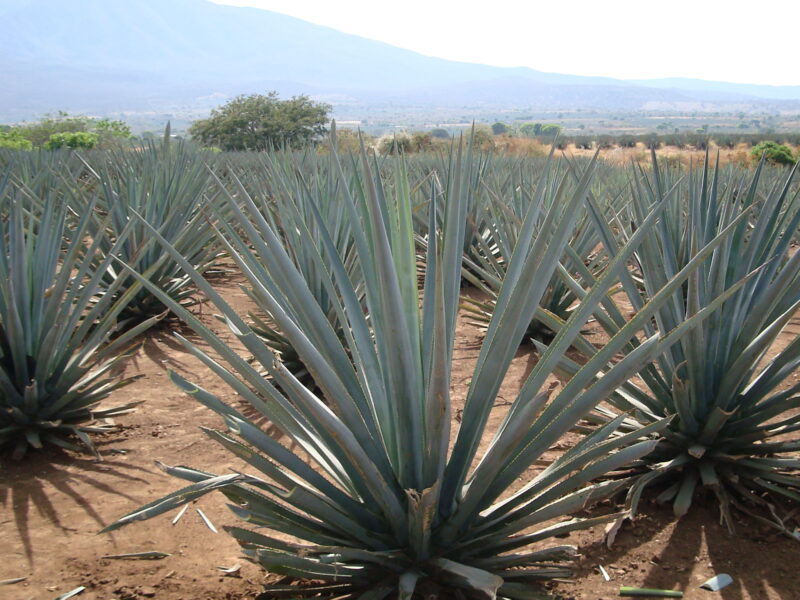
Agave plants, particularly varieties like Blue Agave, are well-suited for planting in September across USDA zones 9-11. These succulent plants store water in their leaves, making them drought-resistant—ideal for Arizona’s arid climate. They thrive in well-draining soil and full sun, providing striking architectural elements to any landscape.
Texas Sage
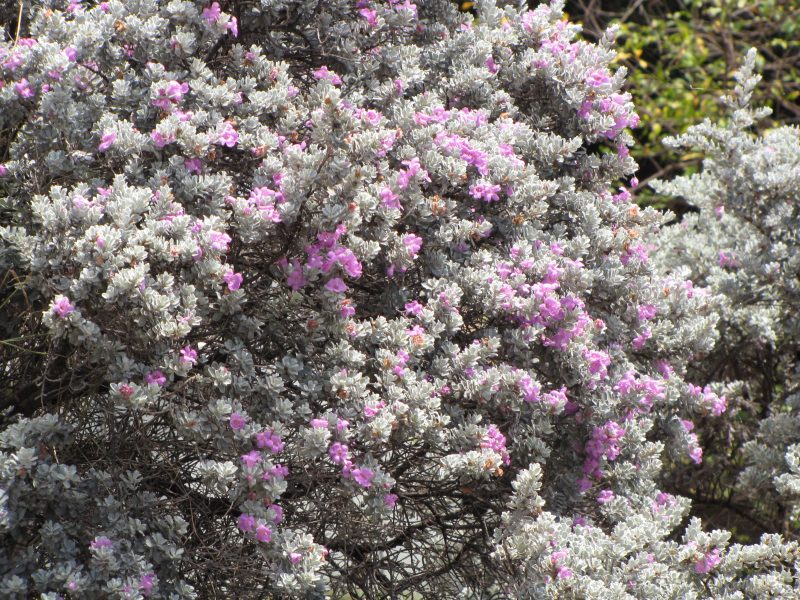
Texas Sage is a popular landscape plant that can be planted in September in USDA zones 8-10. This woody shrub produces beautiful purple flowers and is drought-tolerant once established. It flourishes in well-drained soils and full sun, making it a resilient choice for desert landscapes.
Bougainvillea

As mentioned earlier, Bougainvillea is perfect for planting in September, especially in the lower desert regions of Arizona. This vine requires full sun and well-drained soil to thrive. With its vibrant bracts, it is a stunning addition to any garden space.
Red Yucca
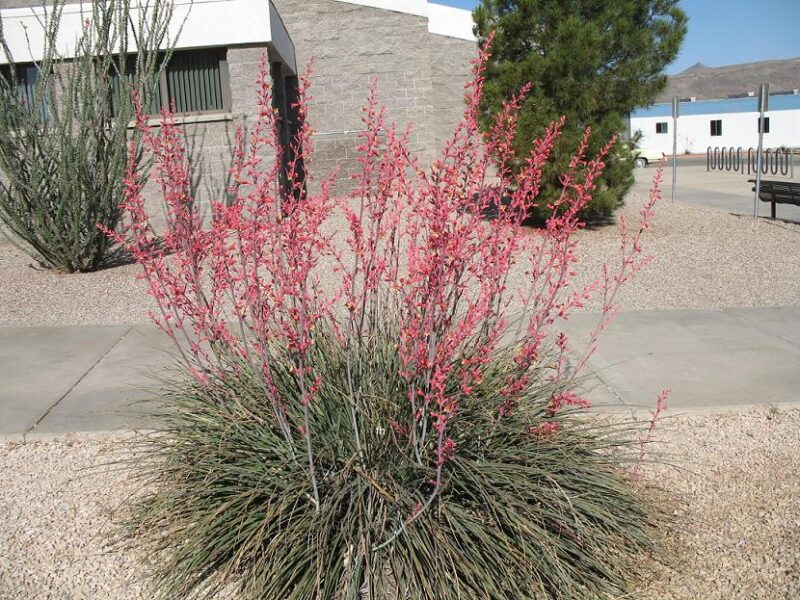
Red Yucca is ideal for sandy or rocky soils and can tolerate drought conditions, making it perfect for USDA zones 8-10. The tall flower stalks attract hummingbirds and butterflies, providing a touch of wildlife-friendly beauty to your landscape. September is a great time to plant this superb desert perennial.
Oleander
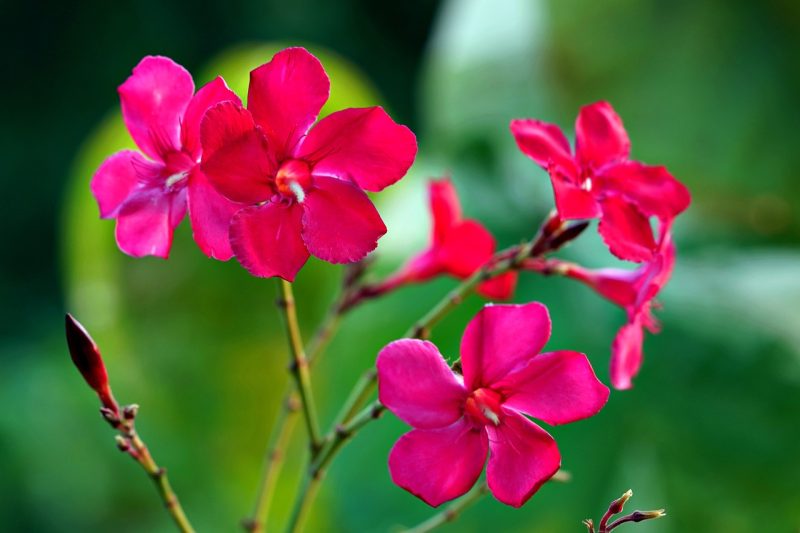
Oleander is a hardy, drought-tolerant shrub that thrives in USDA zones 8-11. It’s a popular choice for Arizona landscapes due to its vibrant flowers and ability to withstand harsh conditions. Planting in September allows the shrub to establish roots before the cooler months, ensuring strong growth.
Desert Spoon
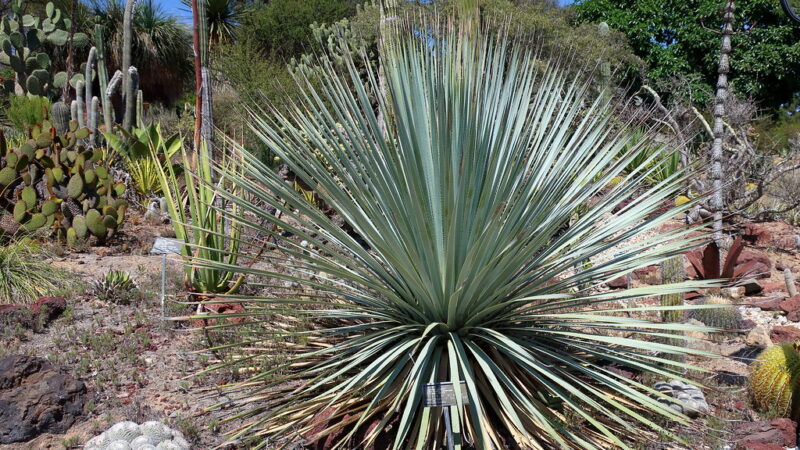
Desert Spoon is a unique plant that grows to 10 feet in height and can be planted in September in USDA zones 8-10. It thrives in well-drained soil and full sun. This hardy plant is known for its striking appearance and creates an excellent focal point in any landscape design.
Pomegranate
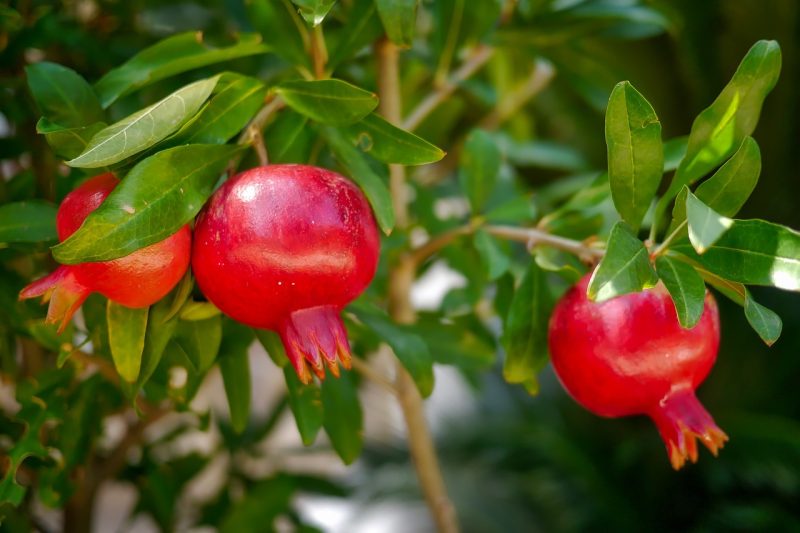
Pomegranates are adaptable trees that can be grown in USDA zones 8-10. Planting in September allows for strong root establishment before winter. They prefer full sun and well-drained soil, and they reward patient gardeners with beautiful flowers and delicious fruit.
Honey Mesquite
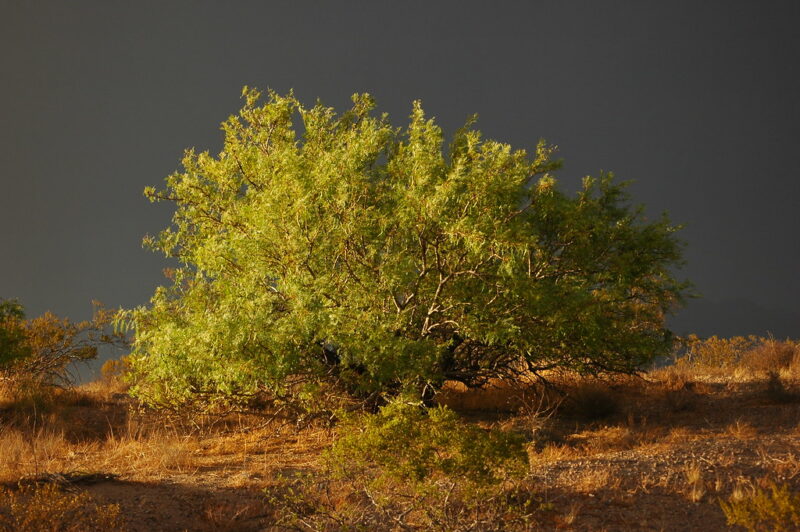
Honey Mesquite is a drought-tolerant tree native to the southwestern United States. It can be planted in September in areas within USDA zones 6-10. Known for its cascading leaves and sweet-smelling flowers, it requires full sun and well-drained soil, making it a resilient landscape choice for Arizona gardens.


